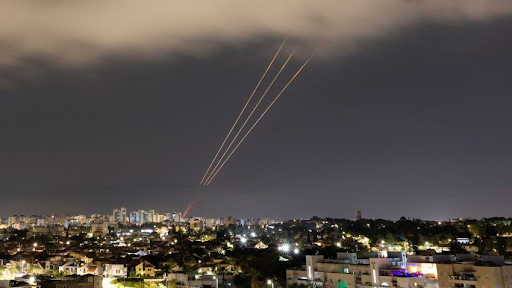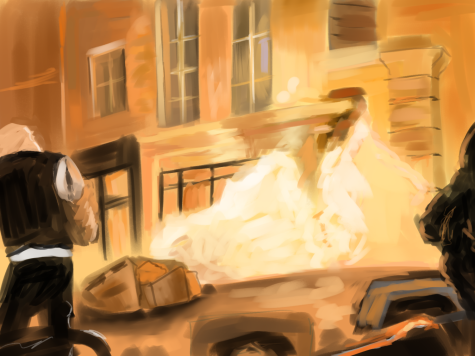Sri Lanka on the Brink of Bankruptcy
May 30, 2022
Why is Sri Lanka on the brink of bankruptcy? The answer to this widely asked question is to remain the focus of this article. But first, one must know the history of the small island country in South Asia in order to comprehend the reasons behind the country’s weak economic condition.
Sri Lanka, as mentioned above, is a small island country that spans approximately 23,000 miles, and consists of a population of 219 lakh citizens. Immigration to Sri Lanka began in the 5th century BCE, mainly from Northern India. These migrants constituted the Sinhalese majority population. Merely 2 centuries later, Tamilians from Southern parts of India, who were mostly Hindus migrated to Jaffna. After the establishment of the very first Sinhalese kingdom of 700 followers in Anuradhapura, Buddhism made its way into the country after missionaries converted King Tissa, a rather significant leader into this religion. However, tensions between Tamilians and the Sinhalese were always prominent, especially skyrocketing after an earth shattering Pandyan invasion. After much calibrated peacekeeping efforts by the introduction of organizations to combat these tensions helped resolve a limited number of problems [1].
Today though, Sri Lanka remains to be a democratic country governed by a president and prime minister [1]. Unfortunately in this modern day, Sri Lanka faces the grim challenge of bankruptcy, particularly after the deterring effects of the Covid-19 pandemic.
In order to establish the larger context of this issue, this article will address the full ramification of the current leadership under the Rajapaksa dynasty, with Gotabaya Rajapaksa, the current president. The country’s consumer prices rose by 14% in December, 3.9% more than the previous month itself. According to the Census and Statistics Department of the country, food inflation was up to 21.5% which was a large sum more than the previous year’s 7.5%. After President Rajapaksa’s election in 2019, the foregin reserves of the country went from 7.5 billion USD to a mere 3.1 billion USD. Supermarkets in the country have been forced and urged to ration milk, sugar, salt, lentils and other necessary food items for their citizens. As a result of the devastating pandemic, unemployment rates have risen. This has urged many of the young citizens to desire their parting with Sri Lanka to see a sliver of hope in other countries for better lives [2].
But, the reality lies in the cause of the problem. Ultimately, Covid-19 has played its part yet again in Sri Lanka, with the decline in tourism. As a result, the country’s revenue has decreased, thus draining the country of its money. Nevertheless, domestic affairs involving President Rajapaksa’s increased spending and tax cuts play a significant role as well. Poor governance of the economy might also be the root cause to the issue. For example, the President banned all pesticides and fertilizers in order to urge farmers to go organic without warning which destroyed the agricultural economy. Multiple other instances could have also contributed. Regrettably, China loaned Sri Lanka a total of 6 billion USD, which has been promised but not yet repaid, which causes additional financial burdens for the country [2].
Thankfully, all hope isn’t lost as a 1.2 billion USD relief package was recently announced by the finance minister. This plan involves $24 being provided each month to employees, government officials, pensioners and farmers alike. Moreover, India had offered to pitch in as the “big brother” to provide Sri Lanka with $400 million USD [2].
So, the question that arises from these questions is whether Sri Lanka will successfully be able to sustain these economic debts and whether they will finally see the sliver of hope in being safe from bankruptcy.
Citations:
https://academytravel.com.au/blog/brief-history-sri-lanka/ [1]
https://www.firstpost.com/world/explained-why-sri-lanka-is-on-brink-of-bankruptcy-and-what-the-government-is-doing-10325191.html [2]


